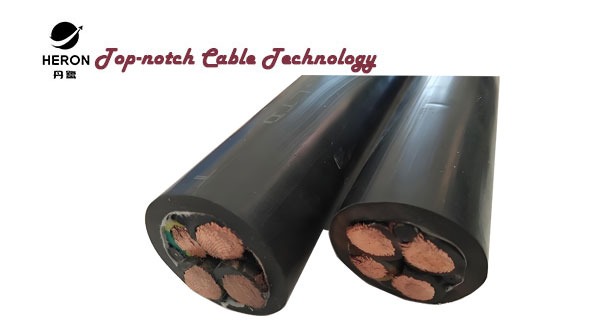The Future of Flexible Cables in Smart Devices
As technology continues to advance, smart devices are becoming an integral part of our daily lives. From smartphones and wearables to smart home appliances and IoT (Internet of Things) applications, the demand for innovative components is soaring. One critical element that underpins the performance of these devices is flexible cables. In this blog post, we will explore the future of flexible cables in smart devices and their transformative potential.
9/27/20243 min read


Understanding Flexible Cables
Flexible cables are designed to bend, twist, and flex without breaking, making them ideal for applications requiring mobility and adaptability. Unlike traditional rigid cables, flexible cables can withstand dynamic environments, making them essential for the ever-evolving landscape of smart technology. Their unique construction often involves multi-stranded conductors and specialized insulation materials, which enhance their durability and performance.
1. Driving Innovation in Smart Devices
As smart devices become more compact and feature-rich, the need for efficient, space-saving components is paramount. Flexible cables play a crucial role in enabling manufacturers to design smaller devices without sacrificing performance. For instance, in wearables like smartwatches and fitness trackers, flexible cables provide the necessary connectivity while allowing for a lightweight and comfortable design.
2. Enhancing Connectivity
With the rise of IoT, connectivity is more critical than ever. Flexible cables facilitate seamless communication between various components in smart devices. Their ability to maintain signal integrity while bending and twisting makes them ideal for applications where movement is constant. As more devices become interconnected, the demand for reliable flexible cables will only increase, ensuring robust communication in smart ecosystems.
3. Supporting Advanced Features
The future of smart devices lies in their ability to offer advanced features such as augmented reality (AR), virtual reality (VR), and enhanced sensory capabilities. Flexible cables are essential in supporting these technologies. For example, flexible cables can be integrated into VR headsets, providing power and data transmission without hindering movement. This capability is crucial for creating immersive experiences that rely on real-time feedback.
4. Smart Cable Technology
One of the most exciting trends in the realm of flexible cables is the development of smart cable technology. These cables are equipped with sensors that monitor various parameters such as temperature, voltage, and current. This capability allows for real-time monitoring and diagnostic capabilities, helping manufacturers and consumers prevent failures and optimize performance. In smart homes, for instance, smart flexible cables can provide insights into energy usage and detect potential hazards.
5. Sustainability and Eco-Friendly Innovations
As the world becomes more environmentally conscious, the demand for sustainable technology solutions is growing. The production of flexible cables is evolving to meet these demands. Manufacturers are now exploring the use of recyclable materials and eco-friendly production methods. This shift not only reduces the environmental impact but also appeals to consumers who prioritize sustainability in their purchasing decisions.
6. Versatile Applications in Smart Devices
Flexible cables are poised to play a significant role across various smart device applications. In medical devices, for instance, flexible cables are crucial for ensuring reliable connectivity in portable diagnostic tools and wearable health monitors. In automotive technology, flexible cables are essential for connecting sensors and enabling communication between components in electric and autonomous vehicles.
7. Future-Proofing Technology
The rapid pace of technological advancement means that components must be adaptable to future innovations. Flexible cables offer the versatility needed to integrate new technologies seamlessly. As smart devices evolve, flexible cables will enable manufacturers to implement upgrades and new features without overhauling existing designs. This future-proofing capability is vital for maintaining competitiveness in a fast-changing market.
Conclusion
The future of flexible cables in smart devices is bright and full of potential. As technology continues to evolve, the demand for flexible, reliable, and sustainable solutions will grow. From driving innovation in compact designs to enhancing connectivity and supporting advanced features, flexible cables are at the forefront of the smart device revolution. By understanding and embracing these innovations, manufacturers can create smarter, more efficient devices that cater to the needs of consumers in an increasingly interconnected world.
In summary, flexible cables are not just a component; they are a key enabler of the future of technology. Staying ahead of the curve with flexible cable innovations will ensure that both manufacturers and consumers reap the benefits of the smart device era.
